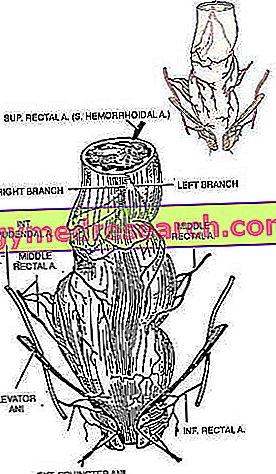By Dr. Carlo Ratto
Coloproctologist Surgeon, Policlinico Clinical Surgery Institute, Gemelli University - Rome
The THD method is a surgical treatment of haemorrhoids, an alternative to traditional surgical techniques. Developed in Italy since the early 2000s, the THD method (literally Transanal Hemorrhoidal Dearterialization ) has found favor with the medical community. The scientific bibliography on the subject is wide and the feedback on thousands of patients suffering from haemorrhoids, even severe, treated with the THD method, are positive.
The THD method is an alternative surgical procedure to the traditional excision of hemorrhoids: the classical technique, in fact, constitutes a trauma for the complex physiology of the anorectal canal and for the patient, on which complications and intense postoperative pain loom. Otherwise, the THD method is a minimally invasive approach with a significant reduction in post-operative pain.

The dearterializzazione, or the identification and selective ligation of the terminal branches of the upper rectal artery, and the mucopexia, or the repositioning of the bearings in their natural anatomical location, allow the patient to restore normal physiology and a rapid postoperative recovery. It is in fact widely documented that, like traditional hemorrhoidectomy and PPH prolassectomy, the THD method is an effective surgical treatment also for the muco-haemorrhoidal prolapse, a peculiar symptom of the most advanced stages of the disease.
Since no tissue is cut or removed, postoperative pain is bland, bearable or completely absent, and complications are rare, limited and easily resolved. This allows performing the surgery in a day-surgery regime, with any type of anesthesia.
In the postoperative period it is not necessary to perform special medical therapies, but it is advisable to have a diet rich in liquids (two liters per day) and fibers, to favor evacuations with faintly compact stools, eliminating the trauma of the same on the anal canal. The return to normal activities takes place on average in 2-5 days.
Thanks to the limited invasiveness, the THD method can also be applied to patients with serious illnesses (such as cardiac and renal dysfunction, diabetes, etc.) or already operated with another surgical method. Restoring normal anatomy, a few months after surgery, does not compromise the possibility of performing other operations on the anal canal and on the rectum, nor sexual activity and life habits such as, for example, the use of the bicycle or the race.
At the onset of the symptoms of haemorrhoids, I always advise you to contact your GP or proctologist immediately to undergo an early diagnosis and receive instructions for an effective therapy suited to your condition.
Bibliography



